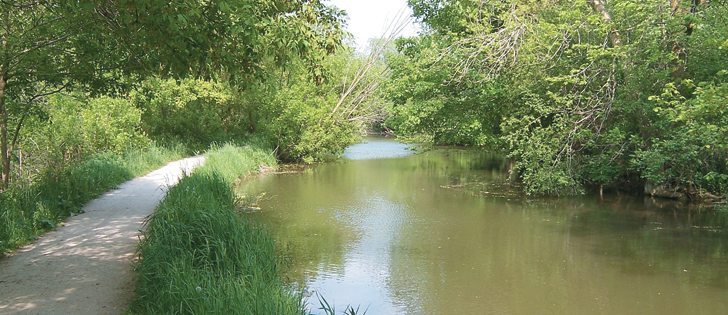Ready for Canada’s 150th? | Saskatchewan only 34 percent done; Manitoba is 92 percent and Alberta is 58 percent
Valerie Pringle can already picture the evening of July 1, 2017.
She sees Canadians lined from coast to coast to coast on the Trans Canada Trail, torches and flashlights in hand, while a camera in space records the moment.
She just has to convince the provinces, particularly Saskatchewan, to play their part.
Pringle, the well-known broadcaster and former host of Canada AM, is co-chair of the foundation raising money to connect the trail through the provinces in time for Canada’s 150th birthday. Her co-chair is Hartley Richardson of Winnipeg.
Read Also

Farming Smarter receives financial boost from Alberta government for potato research
Farming Smarter near Lethbridge got a boost to its research equipment, thanks to the Alberta government’s increase in funding for research associations.
“I first heard about it like many people did, with a little ad in Maclean’s magazine showing this red line connecting the country, and I went, ‘I think that’s the greatest idea ever,’ ” she said.
Pringle said she pitched so many stories about the trail while at Canada AM that co-workers began to mock her. When she left the show, they bought a small portion of the trail in her name and gave it to her as a gift.
The project, which first started to mark Canada’s 125th birthday in 1992, is so important to her that she has served as a volunteer and board member, including a five-year term as board chair beginning in 2001.
Her work now focuses on fundraising.
Pringle uses words like amazing, audacious, big, bold and iconic to describe the trail, which she said represents fitness, getting outdoors and experiencing nature.
“To see the country at human speed, sort of the final link: first the railroad, then a highway and now a recreational trail.”
The trail is 72 percent connected and includes 17,000 kilometres.
Newfoundland and Labrador had the best connection record as of March 31, 2013, at 100 percent, while Saskatchewan had the worst at 34 percent. Manitoba was at 92 percent and Alberta was 58 percent. The three northern territories were well more than 90 percent.
“It’s counterintuitive because it’s the most community driven province,” Pringle said about Saskatchewan’s low rate.
“So we just have to fix that. I think we have to do a better job of inspiring people in Saskatchewan to get out there and build their trail.”
Only 500 km of the 1,500 km trail through the province is done. It enters east-central Saskatchewan and is expected to head south through the Qu’Appelle Valley and back up along a water trail to Saskatoon and North Battleford.
An estimated 39 projects are required to fill the 19 gaps in the trail.
The estimated cost is $15 million, which Pringle hopes to come one-third from the province, one-third from private donations and one-third from the federal government. Ottawa matches all donations 50 cents on the dollar.
“It’s a hard project to do. It’s huge, complex,” Pringle said.
However, she said her involvement over the past 13 years has cemented her commitment.
“I’ve been on the trail all over the country. I’ve seen the people who build the trail and I think this is such a gift to Canadians.”
The trail is designed to accommodate walking-hiking, cycling, paddling, horseback riding, cross-country skiing and snowmobiling. Communities decide what type of use they want, but all-terrain vehicles are not on the preferred list.
She said snowmobilers and cross-country skiers happily co-exist, and the latter appreciate being able to use the trail after the former have packed it down.
Local acceptance is critical, and Pringle said many residents are thrilled to be part of the larger project.
“You can do your local trail, walk with your grandchildren or get your exercise with your friends, or you can get big and walk to the next community. Or walk to Vancouver, or to Cape Breton.”
She believes many local trails will be added to the main route over time.
When fully connected, the main Trans Canada Trail will be nearly 24,000 km long, which compares to the famous 3,500 km long Appalachian Trail in the eastern United States.
“I’m trying to encourage all the rural municipalities along our route, in addition to all the rural municipalities who aren’t necessarily touched by the trail, to say this is a valuable and worthwhile endeavour,” said Pringle, who earlier this year spoke to the Saskatchewan Association of Rural Municipalities annual convention about the trail and why RMs should support it.
There are opportunities to change the route, and proponents are talking to RMs as the clock ticks toward 2017.
Pringle is confident a nighttime photo from space will show light along the trail in Saskatchewan.
“Saskatchewan will be there,” she said.
“We’ve had great response from the (provincial government) caucus, and I really do believe that the rural municipalities will respond with the community spirit that is typical of Saskatchewan and say, ‘yeah, we want to be there.’ ”
For more information, visit tctrail.ca.


















